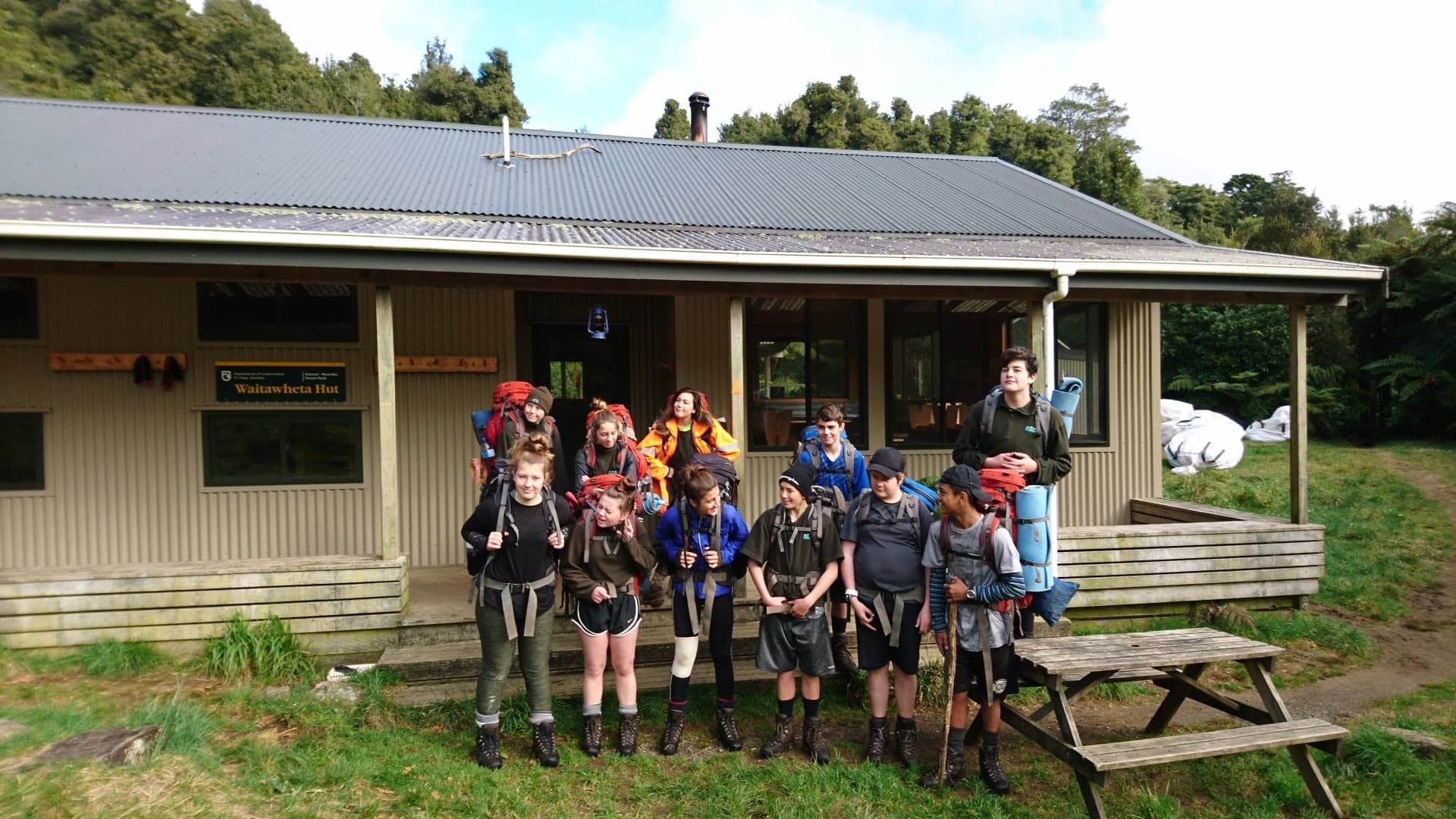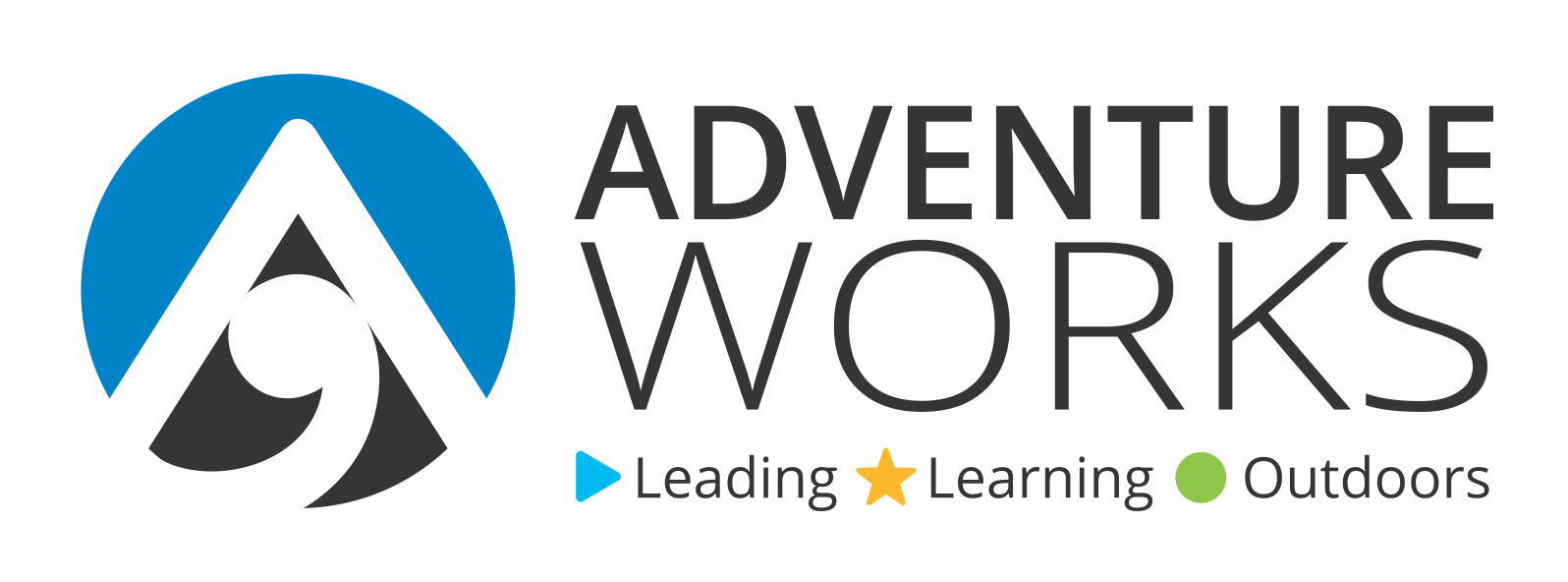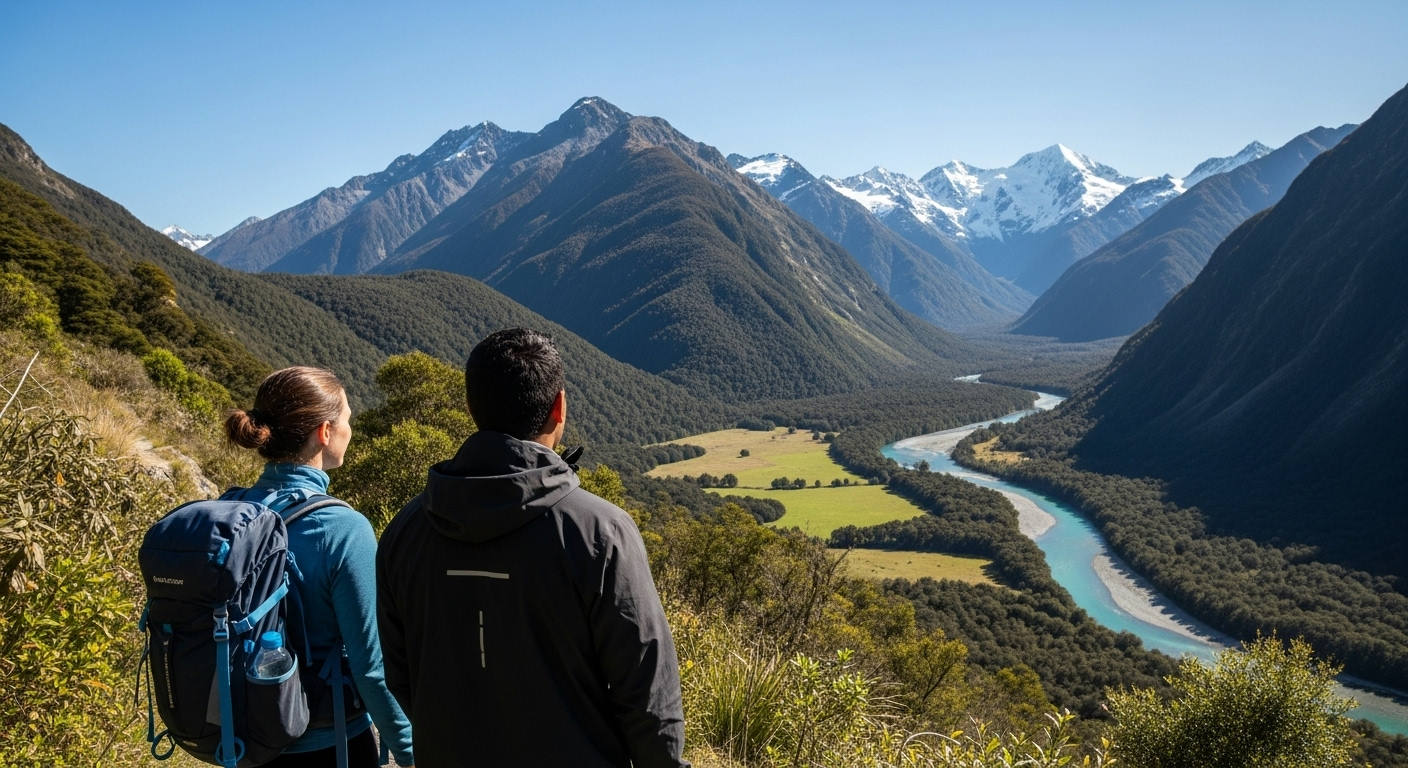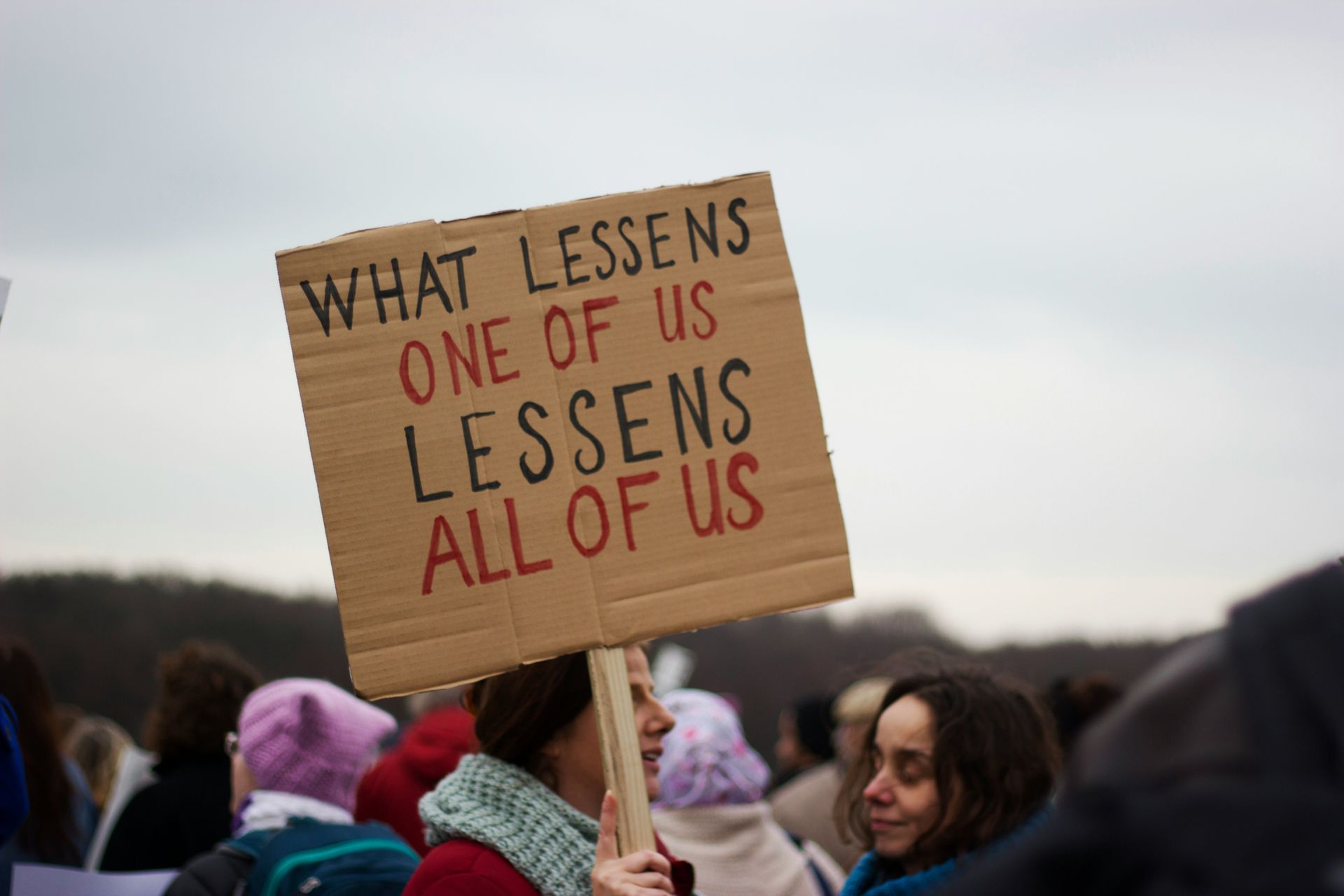Future Rangatira: Unlocking NZ Youth Potential with the 6 C's & Te Ao Māori
Building Future Rangatira: The Core Principles of Effective Youth Development in NZ
Key Takeaways
- Effective youth development is built on the 6 C's: Competence, Confidence, Connection, Character, Caring, and Contribution, fostering holistic growth in young people.
- Community and culturally responsive mentorship, particularly for Māori and Pasifika youth, are vital for creating supportive environments where young people can thrive.
- Outdoor and adventure education play a crucial role in building resilience, improving mental well-being, and developing essential life skills, directly aligning with youth development goals.
- Integrating Te Ao Māori principles like Mana Taiohi, Whanaungatanga, and Manaakitanga is essential for culturally relevant and impactful youth development in Aotearoa.
- Empowering youth through practical strategies and genuine leadership opportunities helps them become active, contributing members of their communities.
At AdventureWorks NZ, we believe every young person holds immense potential, waiting to be unlocked. Our mission is deeply rooted in fostering positive youth development , guiding rangatahi to become future leaders and confident individuals. In New Zealand, with a youth unemployment rate of 14.28% in 2024 , up from the previous year, the need for effective, holistic youth development has never been more critical. This article serves as our manifesto, exploring the fundamental meaning and importance of youth development, detailing established frameworks, and highlighting the transformative power of community, mentorship, and outdoor experiences.
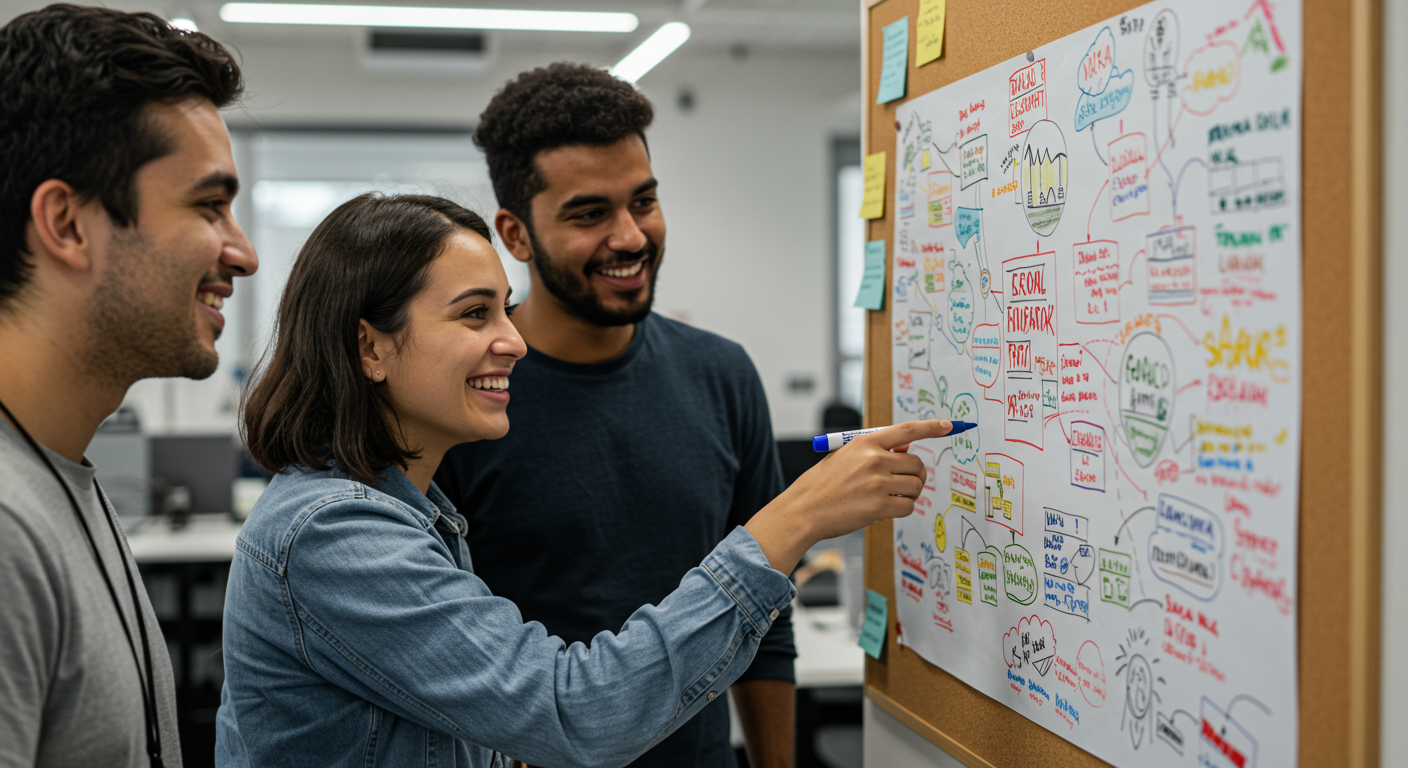
The 6 C's of Positive Youth Development: A Holistic Framework
At the heart of effective youth development lies a comprehensive framework known as the "5 C's of Positive Youth Development." This model identifies five key areas crucial for fostering well-rounded, thriving young individuals: Competence, Confidence, Connection, Character, and Caring. Over time, a sixth 'C' – Contribution – has been added, recognising the vital role young people play in their communities. These 6 C's provide a structured way to understand and promote positive outcomes for youth.
- Competence: Developing a sense of mastery and skill in various areas, whether academic, social, or vocational. This includes feeling capable and effective in what they do.
- Confidence: Cultivating a positive self-worth and belief in one's own abilities. This isn't just about being good at something, but about feeling good about oneself.
- Connection: Fostering strong, positive bonds with family, peers, school, and community. A sense of belonging and support is fundamental for healthy development.
- Character: Internalising a strong moral compass, integrity, and respect for societal rules. This involves developing a sense of right and wrong and acting accordingly.
- Caring: Developing empathy and sympathy for others, along with a sense of social justice. This encourages young people to contribute positively to the well-being of those around them.
- Contribution: Actively participating in and giving back to families, communities, and civil society. This final 'C' highlights the importance of youth as resources, not just recipients, of development.
By focusing on these interconnected aspects, we can ensure that youth development initiatives are comprehensive, nurturing not just individual growth but also their capacity to positively impact the world around them.
The Indispensable Role of Community and Mentorship
Youth development is not a solitary journey; it flourishes within supportive communities and through meaningful mentorship. Strong community connections provide a sense of belonging and a network of support that is crucial for young people's well-being and growth. When young people feel connected to their community, they are more likely to engage in positive behaviours and contribute actively.
Mentorship, in particular, has a profound impact. Programs like the MATES Junior program , which pairs university students with younger students from low socio-economic backgrounds, have demonstrated significant improvements in mentees' engagement with school and increased confidence. Similarly, the Kiwi Can program , run by the Dingle Foundation, has shown positive impacts on students' behaviour and attitudes by focusing on values education and life skills.
For Māori and Pasifika youth, culturally responsive mentorship is especially vital. Programs that incorporate Te Ao Māori principles, such as whanaungatanga (relationships) and manaakitanga (caring) , have shown promising results in fostering positive development that respects and strengthens cultural identity. We understand that true mentorship goes beyond instruction; it's about building genuine relationships, sharing wisdom, and empowering young people to navigate their paths with confidence and cultural pride.
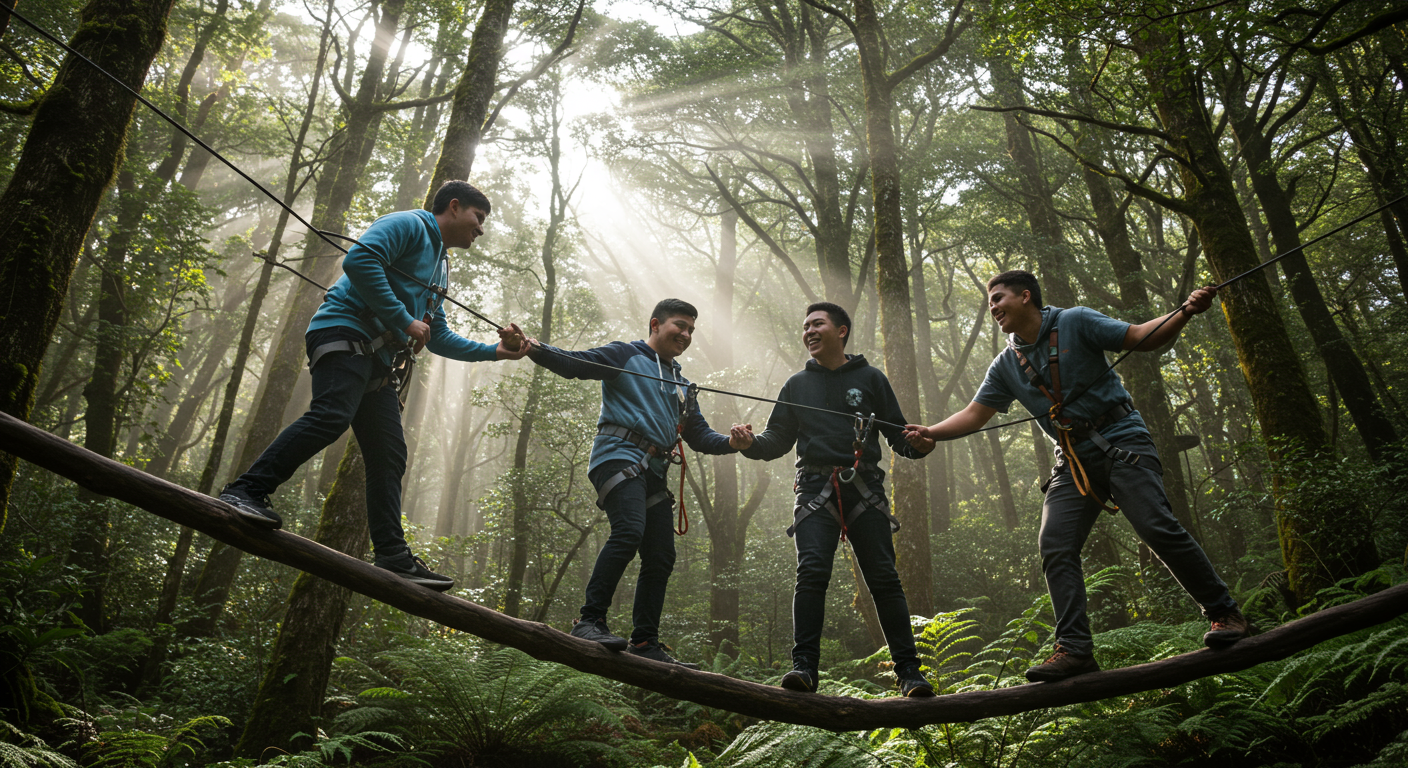
The Transformative Power of Outdoor and Adventure Education
At AdventureWorks, we know firsthand the incredible impact that outdoor and adventure education can have on young people. Our Duke of Edinburgh’s Hillary Award Journeys and other experiential programs are designed to harness the unique benefits of nature for personal growth. The outdoors provides an unparalleled classroom where young people can:
- Build Resilience: Facing natural challenges, whether it's navigating unfamiliar terrain or enduring adverse weather, teaches perseverance and adaptability. These experiences build mental toughness that translates to other areas of life.
- Improve Mental Health: Spending time in nature has been widely shown to reduce stress, anxiety, and symptoms of depression. The tranquility and physical activity inherent in outdoor programs contribute significantly to mental well-being.
- Develop Practical Skills: From navigation and first aid to teamwork and problem-solving, outdoor activities demand and develop a range of essential life skills that are difficult to replicate in traditional settings.
- Foster Self-Discovery: Away from the distractions of daily life, young people gain a clearer sense of their strengths, limitations, and potential, leading to increased self-awareness and confidence.
Research consistently supports these observations, highlighting how adventure education programs effectively promote positive youth development in both Māori and New Zealand European adolescents. These experiences cultivate a deeper connection to the environment while simultaneously fostering critical personal attributes that align perfectly with the 6 C's framework.
Mana Taiohi and Te Ao Māori Principles: Anchoring Development in Aotearoa
In Aotearoa New Zealand, effective youth development must be deeply rooted in Te Ao Māori principles. The Mana Taiohi framework provides a culturally resonant approach, recognising young people as inherent sources of strength, potential, and mana. This framework, alongside other core Māori values, ensures that development initiatives are not only effective but also culturally safe and empowering.
- Whanaungatanga (Relationships): Emphasises the importance of kinship, connection, and a strong sense of belonging within a collective. In youth development, this means fostering supportive relationships between young people, their whānau, and their communities.
- Manaakitanga (Caring and Hospitality): Focuses on generosity, kindness, and showing respect and care for others. This principle guides how we interact with young people, ensuring they feel valued, supported, and nurtured.
- Tino Rangatiratanga (Self-determination): Upholds the right of Māori to self-govern and determine their own destinies. For youth, this translates to empowering them to make their own choices, take ownership of their learning, and lead their own development journeys.
- Wairuatanga (Spirituality): Recognises the spiritual dimension of life and the importance of connecting to one's heritage, land, and ancestors. Integrating this allows for a holistic development that nourishes the spirit as well as the mind and body.
By weaving these principles into the fabric of our programs, we create environments where all young people, particularly Māori and Pasifika youth, can thrive by connecting with their cultural identity and inherent strengths. This approach ensures that youth development is not just about individual achievement, but about fostering collective well-being and cultural vitality.
Practical Strategies for Empowering Youth
Empowering young people is about more than just teaching; it's about creating environments where they can truly flourish and take the lead. For educators and youth workers, implementing practical strategies based on the principles discussed is key:
- Integrate the 6 C's: Design activities and programs that intentionally target Competence, Confidence, Connection, Character, Caring, and Contribution. For example, assign leadership roles (Contribution), encourage collaborative problem-solving (Connection, Competence), and provide opportunities for reflection on values (Character, Caring).
- Foster Genuine Community: Create spaces where young people feel safe, heard, and valued. Encourage peer-to-peer support and create opportunities for intergenerational engagement. Community service projects, for instance, can build a sense of civic responsibility.
- Prioritise Culturally Responsive Mentorship: Seek out and support mentors who can connect with young people on a cultural level, understanding their backgrounds and aspirations. Training for mentors should include cultural competency.
- Offer Experiential Learning: Move beyond theoretical instruction. Provide hands-on experiences, especially in outdoor settings, where young people can apply skills, overcome challenges, and build resilience. Our programs are designed specifically to deliver this hands-on, adventurous learning.
- Promote Youth Leadership: Don't just talk about leadership; create real opportunities for young people to lead. This could involve involving them in program design, decision-making, or leading specific activities. Empower them to take ownership and responsibility.
By adopting these strategies, we can ensure that youth development programs are not just impactful but also sustainable, building the capacity of young people to lead fulfilling lives and contribute positively to their communities. At AdventureWorks, we are committed to building future rangatira, empowering the next generation of New Zealand leaders through challenge, experience, and unwavering support.
